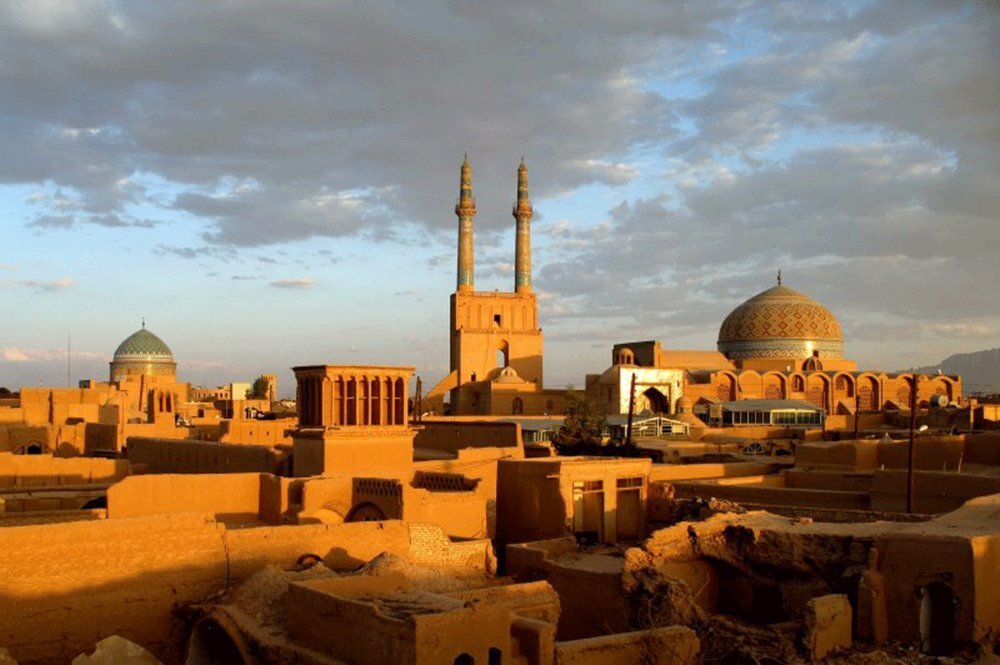Iran’s Yazd named 2024 tourism capital of Asian Dialogue Forum

TEHRAN - Yazd, a central Iranian city steeped in historical significance and cultural richness, has achieved a momentous honor by being designated as the tourism capital among member countries of the Asian Dialogue Forum (ACD) in 2024.
This significant announcement, marking Yazd as the nucleus for international discussions and collaborations within the ACD, stands as a testament to the city’s profound heritage and enduring allure.
Iran, presiding over the ACD since October 2023, witnessed Yazd’s triumph over candidates Kerman and Mashhad, solidifying its position as a beacon of cultural exchange and cooperative diplomacy.
With 35 member nations, the ACD remains a prominent platform fostering economic, social, and cultural growth since its establishment in 2002.
Yazd’s historical eminence, underscored by its UNESCO World Heritage status as the world’s premier adobe city, further enhances its newfound role. Renowned for its architectural marvels, Yazd encapsulates a tapestry of historical monuments, earning titles such as the “land of wind towers” among its many enchanting accolades.
This prestigious recognition propels Yazd onto the global stage, celebrating its legacy as a guardian of ancient traditions and a pivotal bridge for nurturing dialogue and collaboration among nations.
Yazd, a don’t miss destination
In July 2017, the historical core of Yazd was named a UNESCO World Heritage site. Yazd is regularly referred to as a delightful place to stay, or a “don’t miss” destination by almost all of its visitors. The city is full of mudbrick houses that are equipped with innovative badgirs (wind catchers), atmospheric alleyways, and many Islamic and Iranian monuments that shape its eye-catching city landscape.
Cultural heritage experts believe that Yazd is a living testimony to the intelligent use of limited available resources in the desert for survival. Water is brought to the city by the qanat system. Each district of the city is built on a qanat and has a communal center. Furthermore, the use of earth in buildings includes walls and roofs through the construction of vaults and domes. Houses are built with courtyards below ground level, serving underground areas. Wind-catchers, courtyards, and thick earthen walls create a pleasant microclimate.
The historical core of Yazd is chockfull of mudbrick houses, bazaars, public bathhouses, water cisterns, mosques, synagogues, Zoroastrian temples, and centuries-old gardens. From the divine point of view, the city enjoys the peaceful coexistence of three religions: Islam, Judaism, and Zoroastrianism.
Yazd is home to numerous qanats which have supplied water to agricultural and permanent settlements for thousands of years. The man-carved underground qanat system relies on snow-fed streams flowing down the foothills of surrounding mountains. The earliest water supply to Yazd is estimated to date from the Sassanid era (224 to 651 CE). However, many others have been continually repaired and used over time, and most surviving Ab-Anbars (traditional mudbrick cisterns) can today be traced to the late Safavid and Qajar periods.
AFM
Leave a Comment